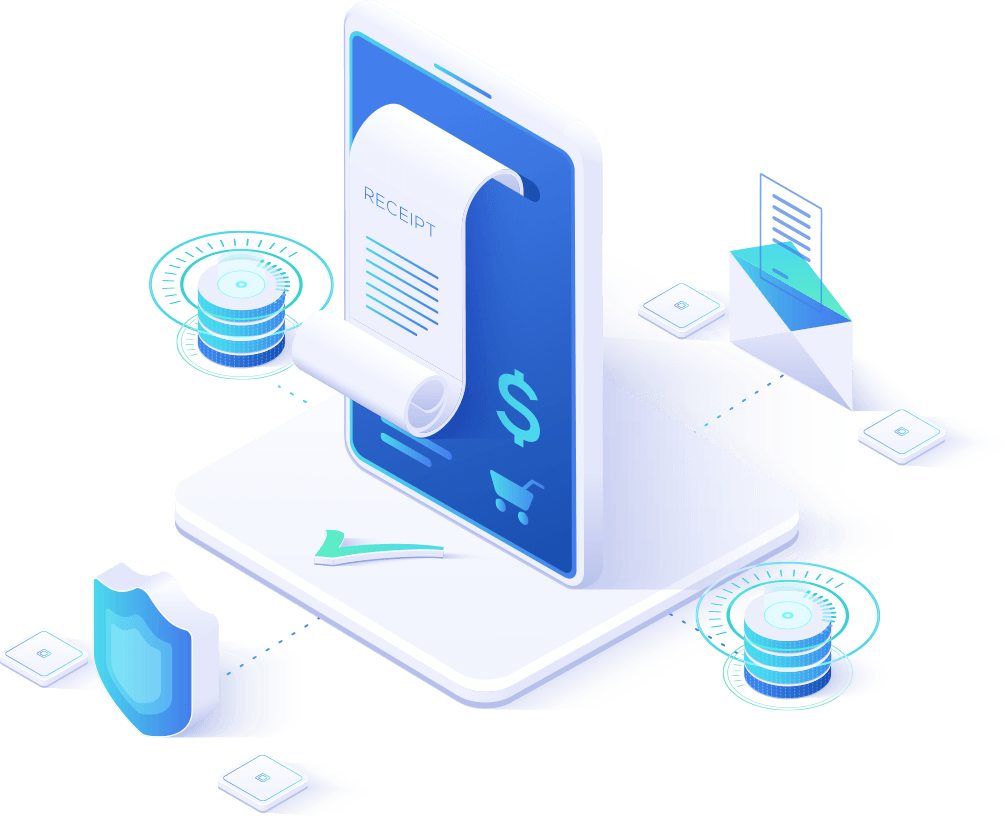
The current world’s transportation infrastructure is approaching a significant shift shortly. Everybody is benefiting from the use of intelligent transportation systems (ITS). Many governments cannot meet the demand for more transportation infrastructure due to a lack of funds or space.
The World Health Organization forecasts that 7 out of 10 people would live in cities by the middle of the century. Cities need to start evaluating the nature of current transportation networks in light of climate change.
40% of those polled say artificial intelligence can help inventory management in Transportation and logistics. Businesses can benefit from artificial intelligence (AI) to construct more efficient production and distribution facilities. Thus, AI can comprehend complicated real-time inventory dynamics, foresee possible outcomes, and recommend appropriate measures.
Connected and autonomous cars, alternative fuels, and keyless fleet management are some new transportation technologies being developed to solve these issues. Additionally, municipal zoning and planning regulations favor transit-oriented development are also emerging.
Suppose the requisite network infrastructure is in place. In that case, new technologies for on-road communications will fundamentally alter how cars function and supply information and capabilities for better real-time traffic control.
An integrated transportation system (ITS) is set to convert Transportation into a dynamic, interconnected component of the city. More significantly, the improved mobility will have a favorable influence on the standard of living and economic activity for locals, visitors, and company owners alike.
- ITS’s Hopeful Prospects
At the ITS World Congress in Detroit in September 2014, Bill Ford, Jr., executive chairman of Ford Motor Company, stated: “Cities are suffering today with transportation and will struggle considerably more in the future.” “For the next century, we need to rethink mobility.”
U.S. transportation officials say modern wireless communications technology can improve transportation safety and mobility by integrating infrastructure and vehicles. ITS is designed to process and disseminate information to avoid accidents, keep traffic flowing, and limit environmental consequences.
The ITS industry includes traffic signal coordination, signal priority for transit lanes, electronic information signs, and variable speed limit signs. Automatic distribution of real-time traffic data to websites, social media feeds, mobile apps, and local TV/radio stations is another capability provided by ITS.
“ITS creates a transportation network that works like the Internet, where everything is connected, but also open for standards-based communication, reducing costs and creating value for everyone involved in traffic management,” said David Pickeral. He leads IBM’s Industry Smarter Solutions Team for Transportation.
- Connected and Autonomous Vehicles
The linked car is perhaps the most anticipated aspect of ITS. One motivation for fresh ideas about metro area transportation is the impending introduction of connected automobiles.
Vehicle-to-vehicle (V2V), vehicle-to-pedestrian (V2P), and vehicle-to-infrastructure (V2I) wireless communication is the emphasis of connected technology, often known as V2X.
For safety reasons, vehicles may communicate with each other using V2V technology, which allows them to keep track of other vehicles’ speed, direction, and speed. Drivers might also be alerted to unsafe circumstances via connected cars.
V2I technology increases the ability to reduce crashes by automatically controlling traffic signal timing, speed management, and the operation of transit and commercial vehicles through the addition of communication points in dangerous road regions and junctions.
Suzanne Murtha, senior program manager for intelligent transportation projects at Atkins Global, remarked, “The linked car technologies are ready.” Governments must now collect and share real-time, on-street traffic data so that drivers may make more informed decisions.”
The Google self-driving car is an example of a different but related technology: autonomous vehicles. LIDAR, GPS, optical cameras, and massive computing power are just some of the tools autonomous cars will utilize to assess a zillion different road conditions before deciding what to do next.
The ultimate objective of self-driving car technology is to eliminate the need for a human driver. Driverless cars, which allow the driver to hand over all control to the vehicle, are still a long way off. Ford predicts autonomous cars will be a reality in the future because of small but steady advances in technology.
That final step will no longer seem like a huge problem by the time we reach complete autonomy, the man stated. The driver must remain alert and in charge even with these safety measures.
- EVs
Investments in electric car infrastructure and programs in Oregon have both environmental and economic benefits (EVs). The West Coast Electric Highway, which includes charging stations along I-5 in Oregon, Washington, and eventually California, is the most conspicuous of these projects.
Based on favorable public feedback, Oregon is encouraging private companies to establish EV charging stations along other major roads and is urging them to do the same.
Itineraries and cooperation with Enterprise Rent-a-Car are part of the “Oregon Electric Byways” initiative administered by the state’s tourist bureau, Travel Oregon.
According to Ashley Horvat, Oregon’s first-ever chief electric vehicle officer in the public sector, “it’s impossible to divorce the infrastructure from economic growth because the infrastructure starts the dialogue about EVs,” she said.
A favorable image for Oregon’s electric vehicle (EV) sector was generated by putting charging stations in places where EVs had never been seen before.
- Analytical Data
Civic leaders can make better judgments based on data generated by intelligent infrastructure. Linked cars and connected infrastructure will be helpful to instruments for traffic data collecting and analysis for local transportation managers.
Better collecting and analyzing real-time traffic data can help improve traffic flow. The private sector, particularly those with big fleets, has a lot to teach transportation managers in this area.
Conclusion
Consequently, intelligent transportation systems will play a vital role in developing future smart cities. It’s still a long way off, but the automobile connection is already here.
“We will all benefit from a smart, networked infrastructure,”





